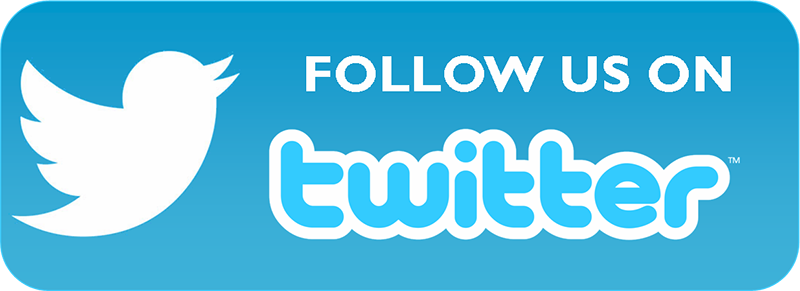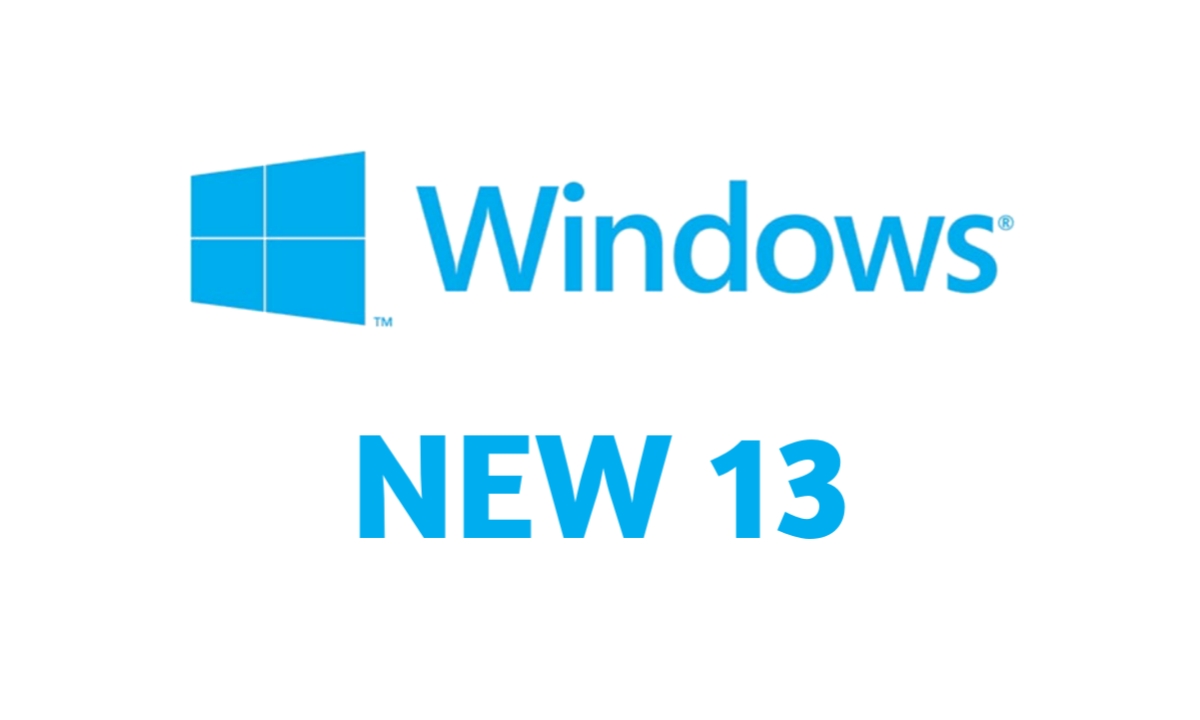


Introduction to Windows updates
Windows updates are an integral part of maintaining the security and functionality of your operating system. These updates provide essential fixes, improvements, and new features that enhance your user experience. In this guide, we will explore the importance of keeping your operating system up to date, understand the different types of Windows updates, troubleshoot common issues, and provide tips for managing updates effectively.The importance of keeping your operating system up to date
Keeping your operating system up to date is crucial for several reasons. Firstly, updates patch security vulnerabilities that could be exploited by malicious software or hackers. By regularly updating your Windows 13 operating system, you ensure that you have the latest security measures in place to protect your personal information and digital assets.Secondly, updates often include bug fixes and performance improvements. These updates address issues that may cause your system to crash, slow down, or behave unpredictably. By staying updated, you can enjoy a smoother and more stable user experience, with fewer glitches and errors.
Lastly, updates bring new features and functionalities to your Windows 13 operating system. These enhancements can range from minor UI improvements to major additions that revolutionize the way you interact with your computer. By updating your system, you unlock the full potential of Windows 13 and stay ahead of the curve in terms of technology.
Understanding different types of Windows updates
Windows updates come in various forms, each serving a specific purpose. The three primary types of updates are:- Security Updates: These updates focus on fixing vulnerabilities and strengthening the security of your operating system. They address potential entry points for malware, viruses, and other malicious attacks. It is crucial to prioritize security updates to protect your system and data.
- Quality Updates: Quality updates are designed to improve the overall performance and stability of your operating system. They include bug fixes, performance enhancements, and compatibility improvements. Installing these updates ensures that your system runs smoothly and efficiently.
- Feature Updates: Feature updates introduce new functionalities, user interface changes, and improvements to existing features. These updates often come with major version releases, such as Windows 13. By installing feature updates, you can take advantage of the latest innovations and capabilities offered by your operating system.
How Windows updates enhance your user experience
Windows updates play a vital role in enhancing your overall user experience. By regularly updating your operating system, you can expect the following benefits:- Improved Security: Windows updates provide essential security patches that protect your system from evolving threats. This ensures that your personal information, files, and online activities remain secure.
- Enhanced Performance: Updates often include performance optimizations, bug fixes, and compatibility improvements. These enhancements result in a faster, more stable, and reliable operating system, allowing you to work efficiently and without interruptions.
- New Features and Functionalities: Feature updates introduce exciting new features, tools, and enhancements. These additions expand your capabilities and provide a more intuitive and enjoyable user experience. With Windows 13 updates, you can explore cutting-edge technologies and stay at the forefront of innovation.
- Compatibility with New Software and Hardware: Windows updates ensure compatibility with the latest software applications and hardware devices. By staying updated, you can seamlessly integrate new technologies into your workflow without encountering compatibility issues.
- User Interface Refinements: Updates often include improvements to the user interface, making it more intuitive, visually appealing, and user-friendly. These refinements streamline your interactions with the operating system, resulting in a more pleasant and efficient user experience.
Common issues with Windows updates and how to troubleshoot them
While Windows updates are essential for a smooth user experience, they can sometimes encounter issues during installation or cause unexpected problems. Here are some common issues you may encounter and how to troubleshoot them:- Update Installation Failures: If an update fails to install, try restarting your computer and initiating the update again. Ensure that you have a stable internet connection and sufficient disk space. If the problem persists, try running the Windows Update Troubleshooter, which can automatically detect and resolve update-related issues.
- System Slowdowns or Freezes: Occasionally, an update may cause your system to slow down or freeze. In such cases, restart your computer and allow Windows to complete any pending updates. If the issue persists, try performing a clean boot to identify any conflicting programs or services that may be causing the problem.
- Compatibility Issues: Some updates may encounter compatibility issues with certain software applications or hardware devices. If you experience compatibility problems, visit the software or hardware manufacturer's website to check for any available updates or patches. In some cases, you may need to temporarily uninstall the conflicting software or hardware until a compatible update is released.
Tips for managing Windows updates effectively
Managing Windows updates effectively is essential to ensure a streamlined and hassle-free experience. Here are some tips to help you stay on top of updates:- Enable Automatic Updates: By enabling automatic updates, you allow Windows 13 to and install updates in the background without your intervention. This ensures that you are always up to date with the latest security patches and improvements.
- Schedule Update Installations: If you prefer to have more control over when updates are installed, you can schedule them for specific times. This way, you can avoid interruptions during crucial work hours and ensure updates are installed when it is convenient for you.
- Regularly Check for Updates: Even if you have automatic updates enabled, it is a good practice to manually check for updates regularly. This helps ensure that updates are being installed correctly and provides an opportunity to review any pending updates that may require your attention.
- Backup Your Data: Before installing major updates or feature releases, it is advisable to backup your important data. While rare, there is a slight chance that an update may encounter issues that could result in data loss. Having a recent backup ensures that you can easily recover your files if any unforeseen problems occur.
Windows 13 features and updates
Windows 13 introduces several exciting features and updates that further enhance your user experience. Some notable features include:- Virtual Desktops: Windows 13 introduces enhanced virtual desktop capabilities, allowing you to create multiple desktops for better organization and multitasking.
- Improved Start Menu: The Start Menu in Windows 13 has been redesigned to provide a more intuitive and personalized experience. It now includes Live Tiles and allows for greater customization.
- Enhanced Search: Windows






ليست هناك تعليقات:
إرسال تعليق